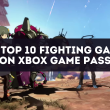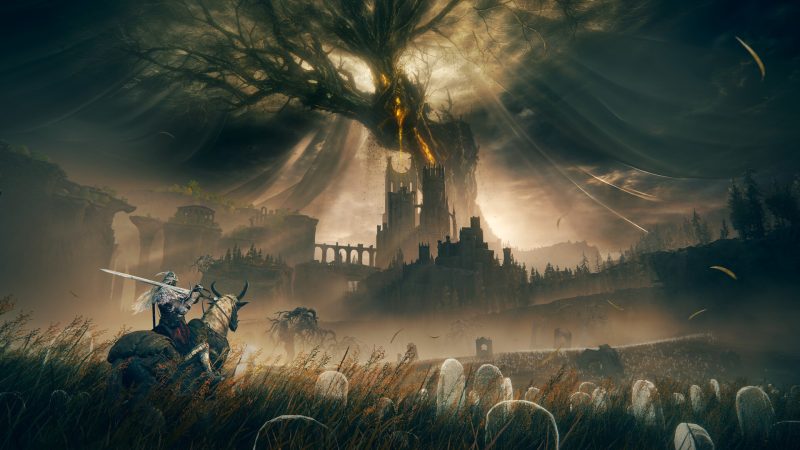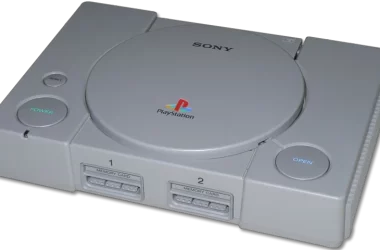DLC has become a staple of the video game industry, and modern big-budget games are taking it to the next level. But what’s the next step for in-game DLC, and could it one day fundamentally change the way we buy and play games?
DLC has been a hot topic in the gaming industry for some years now. As digital distribution became more and more the industry standard, developers and publishers alike were able to rethink how they distributed content to gamers.
Gone are the days of standalone expansions being released for prominent games, purchasable at your local game store just the same as full-priced original releases. Also gone are the days of games being reliably whole upon release; it’s now expected that as soon as a game hits the marketplace, it’s going to have at least one big update already in the pipeline to fix last-minute issues that snuck past quality assurance.
The age of DLC and constant patches is upon us, for better or worse. And modern releases are showing this to be the story today more than ever before.
Are we about to see the biggest DLC release ever in gaming?
Developer FromSoftware achieved critical acclaim and commercial success with its 2022 release of Elden Ring, a successor to the Dark Souls franchise. The new game introduced open-world and mounted-combat elements to the familiar Dark Souls formula of challenging enemy encounters lining intricately-designed levels.
FromSoftware’s game, already massive in scope, is about to become even bigger with the release of the new Elden Ring DLC in June. That DLC is promised to be big enough to elicit the same feelings of wonderment that players experienced while making their way through the full game back in 2022.
In years prior, gamers would have needed to wait for a full sequel to be released for a game like Elden Ring. The first of the “Souls” games, Demon’s Souls, never received any additional content in the form of DLC. Fans of the game simply had to wait some years until the release of full-size follow-up Dark Souls.
But now, new experiences can be had quicker than ever before. The new addition to Elden Ring, titled Shadow of the Erdtree, is set to deliver the same thrills players cherished while exploring Elden Ring for the first time. And that’s a good thing for players, though there’s more to it than that.
There are also concerns about whether publishers are actually releasing full games now that DLC has become so commonplace. Few would question the size and scope of Elden Ring, but other games have come under much tighter scrutiny.
Publisher Capcom is currently enjoying success with DLC releases for its popular fighting game Street Fighter 6. But Capcom previously landed in hot water when its release of Street Fighter x Tekken was found to have DLC already loaded onto the game’s physical disc, waiting to be unlocked. In other words, developers had created a fuller game than what was initially made available, with part of the game’s content being tucked away in DLC form.
Players were understandably upset at that revelation, and while such blatant displays since have been few and far between, there still remains an uneasy tension when the prospect of DLC is raised, particularly when it’s relatively early in a game’s release cycle, or even while it’s still under development. Players want to be assured that they’re getting their money’s worth when they buy a full game.
The success of DLC in a digital gaming landscape means that this is unlikely to change anytime soon. The only thing likely to hold companies in check in their DLC practices is the wallets of paying customers. That’s a reliable way to vote that businesses will always listen to.
Are live service games the future of gaming?
It’s possible that, with the advent of early access releases, games may one day only exist as services that receive continuous updates and require continual payments. Live-service games are built from the ground up for this purpose.
Developer Bungie set the industry afire with its release of an FPS live-service game, Destiny. Both it and its eventual sequel, Destiny 2, proved that the live-service model could be successful. Previously, massively multiplayer role-playing games ranging from Everquest to World of Warcraft had operated under similar principles, charging players a monthly rate to continue playing even after buying the full-priced base game, in exchange for continuously releasing new content for those games.
This is a very lucrative business model if and when it works. But there’s no guarantee that it will, not for any given game. Developer Rocksteady had created an impressive reputation for itself with the success of the Batman Arkham games, but even that sterling reputation wasn’t enough for prop up the dead-on-arrival live-service game Suicide Squad.
Even after its dire release numbers, executives at publisher Warner Bros. reiterated their belief in the future of live-service models. Not necessarily because it was clear that customers wanted more games using that model, but because it would be very beneficial for Warner’s bottom line if it were so.
That tension will likely continue to exist as developers and publishers work to find the right middle-ground between full releases, free updates, paid DLC, and outright live service. Gamers will just hope that however it all shakes out, they’ll still have the opportunity to play great games on a regular basis, and without having to break the bank open completely.







